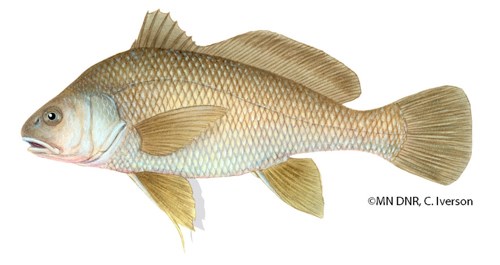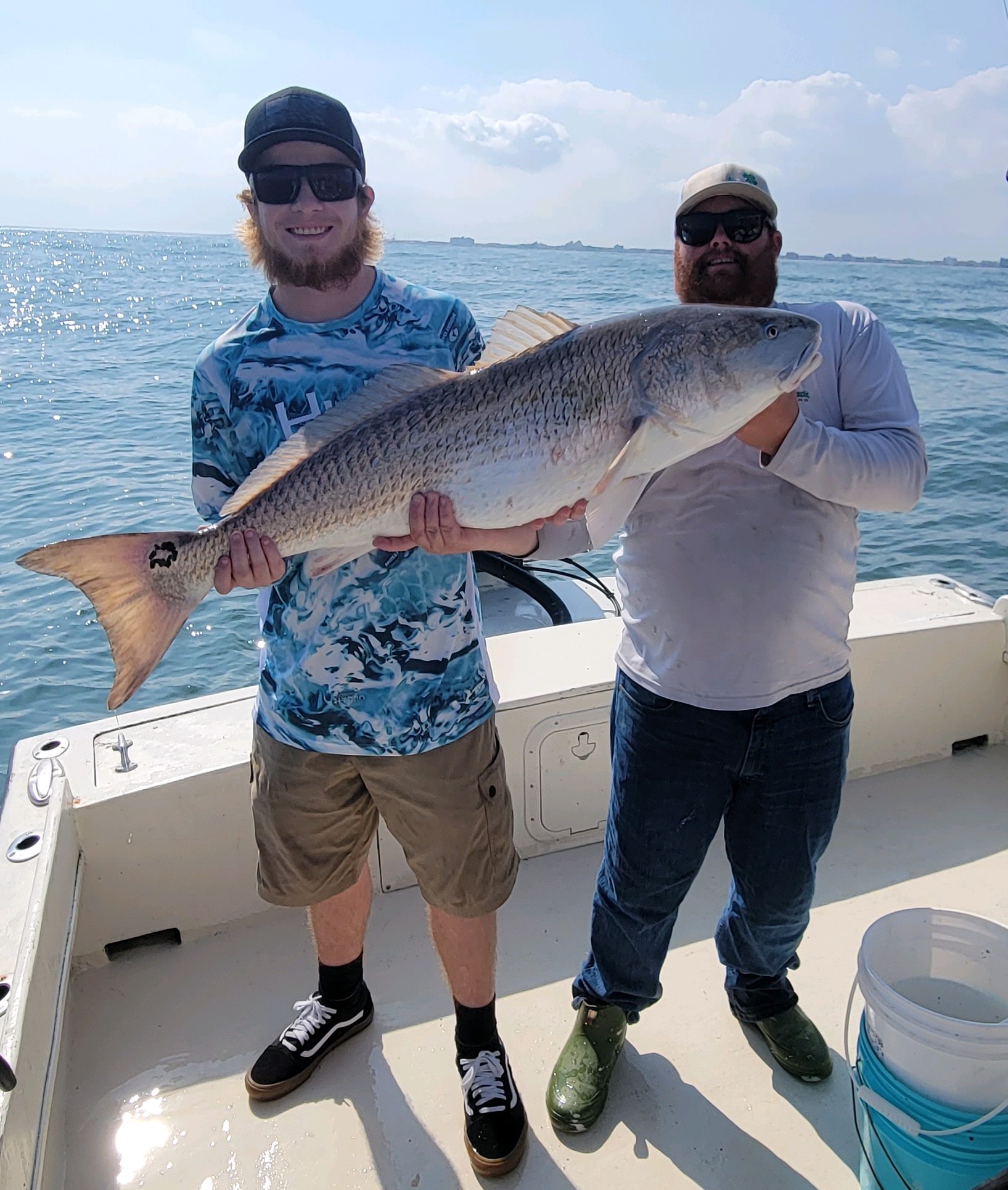Drum fish is mostly endemic to saltwater seas and oceans, but a few species reside exclusively in freshwater rivers and lakes as well. They are a very popular type of fish for both recreational and commercial purposes. What are Ideal Water Conditions for Drum Fish?
- Ideal H2O Conditions for Drum Fish:
- Temperature: 70-80°F
- pH Level: 6.5-8.0
- Oxygen Levels: Above 5 mg/L
- Ammonia & Nitrite: Below 0.02 mg/L & 0.5 mg/L
- Water Hardness: 100-250 ppm
- Clear water with good visibility
- Suitable salinity based on species-Freshwater-Brackish-Saltwater
- Stable conditions for best health
Drum fish are also called Drums or Croakers because of the sound they make with their swimming bladders. The drum fish is a regular sight at many aquariums around the world. Some species have whiskered barbels, like catfish, for sensing the surrounding environment.
Introduction:
The drum fish, known for its distinctive drumming sounds, belongs to the Sciaenidae family, encompassing various species found in freshwater, brackish, and marine environments. Renowned for its strength and resilience, the drum fish has become a popular catch among anglers and a subject of interest for aquarists. The drum fish is a bottom-dwelling fish that feeds on crustaceans, mussels, insects, and other fish along the sea, river, or lake floor. The large canine teeth of some species can help them crunch through the tough exterior of crabs and other shelled prey.
Understanding the basics of drum fish, including their habitat, behavior, and ideal water conditions, is crucial for ensuring their well-being in captivity or natural settings. In this guide, we delve into the essential aspects of drum fish care, with a focus on maintaining optimal water conditions to promote their health and vitality.
Ideal Oxygen Levels for Drum Fish Water
Ideal Moon Phase for Drum Fishing
Common Water Quality Issues
- Excessive organic waste, overfeeding, inadequate filtration, or a new tank setup can lead to elevated levels of ammonia and nitrite in the water.

Effects: Ammonia and nitrite toxicity can stress fish, damage their gills, suppress their immune system, and ultimately lead to fish fatalities if left unaddressed.
Treatment: Perform partial water changes to dilute ammonia and nitrite concentrations. Ensure proper biological filtration to establish beneficial bacteria colonies that convert ammonia and nitrite into less harmful forms. Avoid overfeeding and monitor water parameters regularly.
B. pH Fluctuations
- pH fluctuations can occur due to factors such as decaying organic matter, substrate composition, water additives, or changes in water source.
Effects: Rapid pH fluctuations can stress fish, affect their ion regulation, inhibit biological processes, and lead to health issues.
Treatment: Use pH stabilizers or buffers to maintain a stable pH level within the desired range. Avoid sudden changes in water parameters and gradually acclimate fish to new water conditions. Regularly test and monitor pH levels to ensure stability.
C. Oxygen Depletion
- Poor aeration, overcrowding, high water temperatures, organic waste accumulation, or lack of water movement can result in oxygen depletion.
Effects: Oxygen-deprived water can lead to fish gasping at the surface, lethargy, reduced appetite, and even death in severe cases.
Treatment: Increase aeration through air stones, surface agitation, or adding additional oxygenating plants. Remove excess organic matter, perform water changes, and avoid overstocking to improve oxygen levels. Monitor fish behavior and oxygen saturation regularly.
By addressing these common water quality issues promptly and implementing preventive measures, aquarists can maintain optimal water conditions for drum fish, ensuring their health and well-being in captivity. Regular monitoring, proper maintenance, and proactive management are essential for sustaining a thriving aquatic environment.
Conclusion:
In conclusion, Drum fish encompass a diverse group of species found in various aquatic environments, ranging from freshwater rivers and lakes to brackish estuaries and coastal waters. Whether targeting freshwater drum, black drum, or red drum, understanding their habitat preferences, behavior, and ideal fishing conditions is essential for successful angling. By adapting fishing strategies to local conditions, weather patterns, and barometric pressure changes, anglers can enhance their chances of landing these prized fish. Whether for sport or sustenance, drum fishing offers an exciting and rewarding experience for anglers of all skill levels.
References:
AZ Animals- Drum Fish Facts
FAQ’s
How can I tell the sex of drum fish?
Sexual dimorphism in drum fish can vary between species. In some cases, males may exhibit brighter coloration, larger size, or specialized features such as extended dorsal fins or throat pouches during the breeding season. Consulting species-specific resources or expert advice may help determine the sex of drum fish.
Are drum fish aggressive?
The aggression levels of drum fish can vary depending on the species and individual temperament. While some species may be relatively peaceful, others can exhibit territorial or predatory behavior, especially towards smaller tankmates. Careful observation and monitoring of interactions are essential when keeping drum fish in community settings.
What do drum fish eat? Drum fish are omnivorous and feed on a variety of prey including small fish, crustaceans, insects, and plant matter. In captivity, they can be fed a diet consisting of high-quality commercial fish pellets, frozen or live foods such as bloodworms, brine shrimp, and chopped vegetables.








